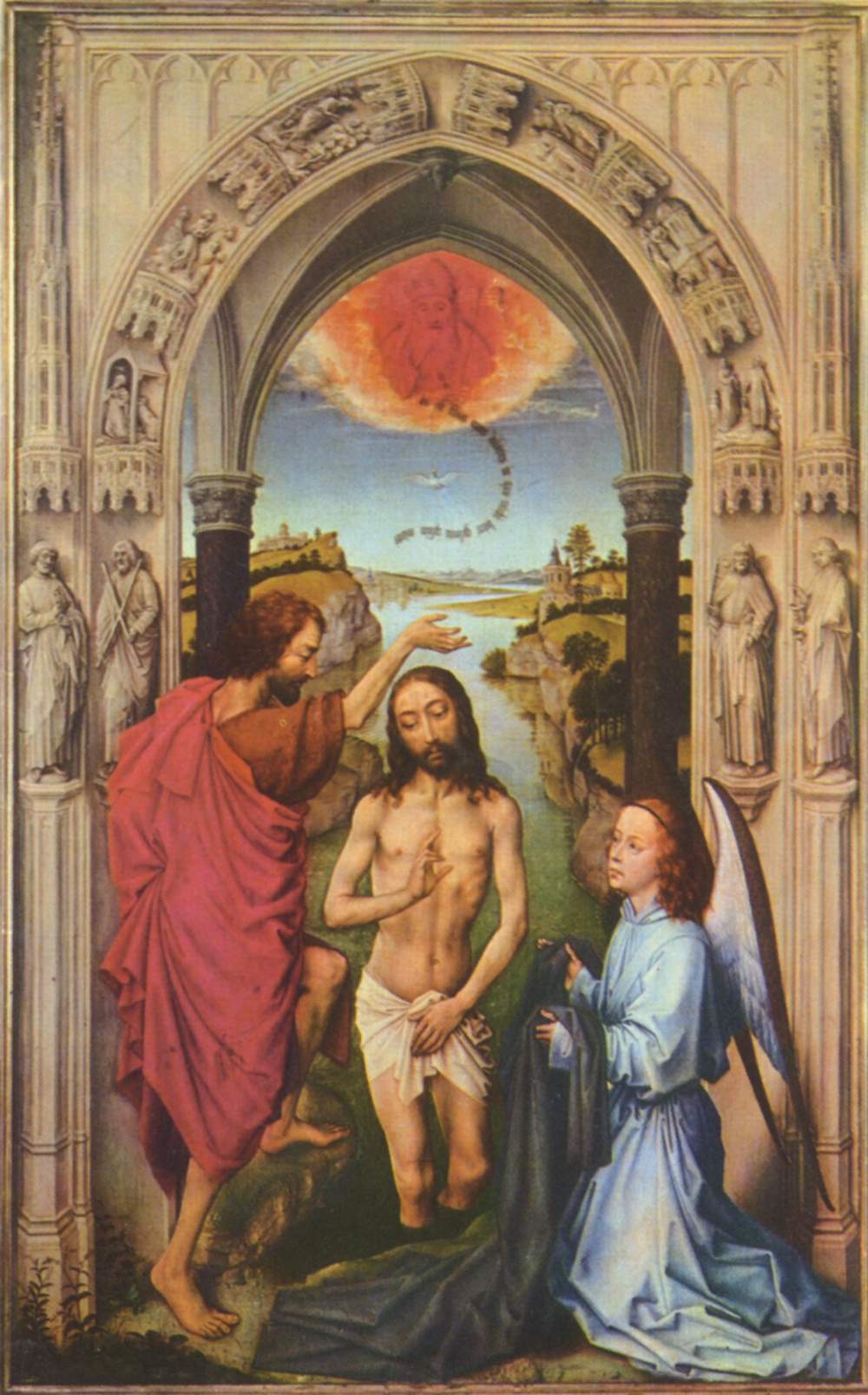
I think this is my fifth trip to Mexico City, so I´ve been here quite literally a handful of times. Once was for an academic conference in 1985 on Justice and justification, held at the Lutheran Center. The second and third times bookended language school in Cuernavaca, and we stayed on the edge of Chapultepec Park, where we braved both altitude and pollution and went running every morning. Then I made a trip with another Diego Rivera afficionado, and we moved around the City to find all the murals we could find. By definition, this is art that doesn´t travel, and ours was a great way to focus travel in this bustling, world-class city. Now I´m here on an immersion trip.
I´ve been here as an academic, a tourist, and a culturalista. Now, I´m here as a pilgrim. Is there a difference?
I´m not presenting a paper, and I´m not consuming the sights, cultural, touristic, or gastronomic. I notice that I´ve slid into receptive mode. I´m simply letting this experience wash over me. After all, this isn´t a service learning trip, and we´re not building schools or working in an orphanage. We´re here to listen, to learn, and maybe above all, to look.
Here´s what I´ve seen, three vivid images.
We flew out on Mexicana, and I was seated next to a Mexican grandmother who was heading home to visit family. Like most academics, Lisa and I travel with books, articles, words of all kinds, and before the plane took off we were buried in them.
Yet of all the words we had spread out on the tray tables, the ones that caught my seatmate´s eye were the words in the painting above, which were on the cover of one of my books. Rogier van der Weyden´s painting of the baptism of Jesus features the painted words of God the Father as his Son was baptized: This is my beloved son, with whom I am well-pleased. Listen to him.
As we were served breakfast, she pointed to the painting. She knew what it was. But she couldn´t read the words. And she said to me in Spanish: I don´t know how to read. Unfortunately, I didn´t know how to translate them into Spanish very well. But we smiled in mutual recognition of an icon that transcended the language barrier.
Breakfast came: omelettes and refried beans. I ordered water; she washed hers down with a Tecate and promptly fell asleep.
Then this morning Lisa and I were up at dawn for an early morning walk before breakfast. It was about 45 degrees, and everyone was bundled up like it was below zero. It was chilly. But clearly for the Mexicanos, it was downright cold. Scarves covered the mouths of many people we passed -- which might have been protection against both the pollution and the cold.
Finally, this afternoon we walked around the neighboring San Angel area. Kim Erno, director of the Lutheran Center, pointed out a shrine to the Virgin at a gas station at the end of our street. Nuestra Señora de la Benzin! He got me looking, and I found shrines to the Virgin everywhere. There were three in a shrine on a street corner -- Nuestra Señora de la Esquina! One was the Guadalupe, the other was a Spanish virgin with light blue robes, a muted version of her Mexican sister. And the third was wearing bright indigenous traje, maybe recalling the Aztec goddess Tonantzin, who was the origin of the iconography of the Guadalupe.
Starting to count, we stopped when we reached 28. All of these shrines had been carefully tended and recently adorned for Christmas.
I find these shrines consoling: when you being to notice the Virgin, you realize she´s everywhere!
Keep your eyes open.
p.s. if you double click on the photo, you will see the whole photo. Sorry I couldn´t shrink it.
No comments:
Post a Comment